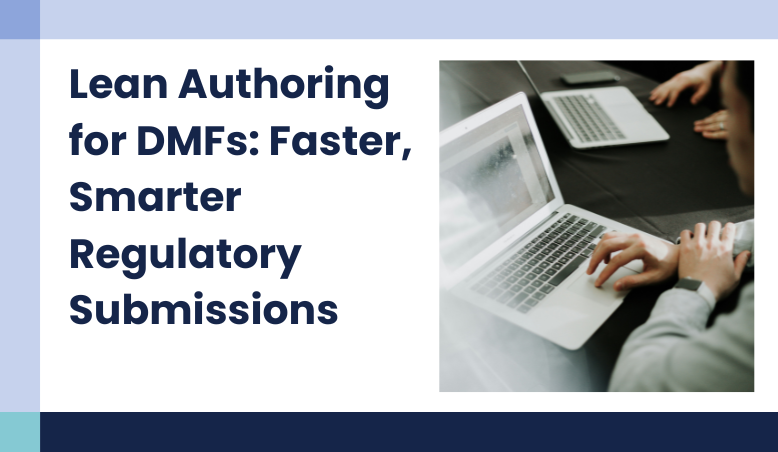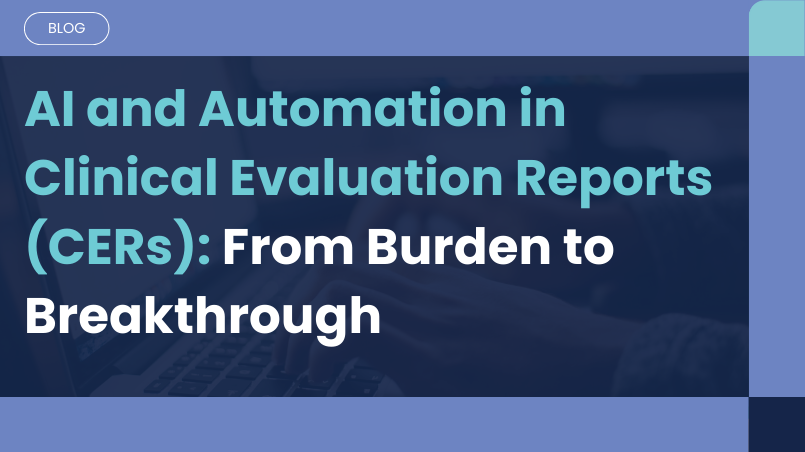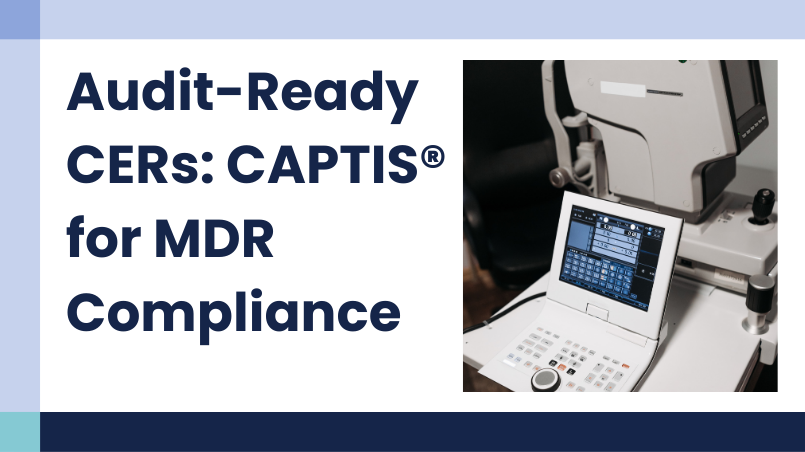AI and Automation in Clinical Evaluation Reports (CERs): From Burden to Breakthrough
Staying Compliant: Strategies for EU MDR and Beyond.
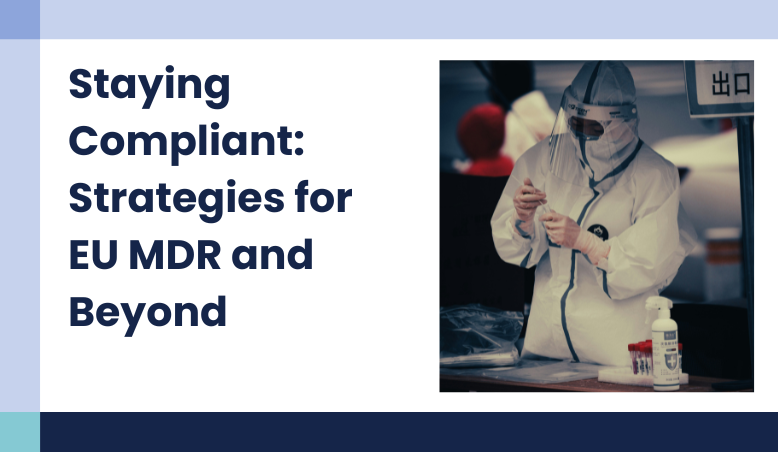
05 Aug, 2025
The regulatory environment for medical devices continues to evolve at a rapid pace. With increasingly stringent requirements under the EU MDR, specific expectations in global markets, frequent updates to regulatory standards, and the complexity of high-risk device portfolios, manufacturers are facing greater challenges than ever in aligning their compliance strategies.
Our recent webinar brought together expert insights on how manufacturers can strategically navigate the evolving regulatory landscape by strengthening their clinical evaluation processes, maintaining audit readiness, leveraging digital tools such as CAPTIS®, and embracing future-focused regulatory foresight.
The Foundation: Understanding the Impact of Regulatory Divergence
Regulatory divergence refers to the differences in medical device requirements and approval processes across countries and regions. These variations impact product development, market access, clinical testing, and launch timelines. Understanding and managing these differences is key to ensuring compliance, accelerating time-to-market, and staying competitive globally.
The Role of Clinical Evaluation in Compliance
A well-defined clinical strategy is indispensable for meeting the diverse regulatory requirements worldwide. Clinical evaluation ensures evidence is purposeful, aligned with the device’s intended use, and effectively supports safety and performance claims. Clinical evaluation plays a crucial role in maintaining ongoing compliance by:
- Supporting successful Notified Body audits
- Reinforcing alignment to evolving regulatory standards
- Mitigating risks of delays or non-conformities.
Leveraging Technology to Drive Efficiency and Accuracy
Technology integration is a strategic advantage for achieving regulatory compliance and audit readiness. Solutions such as Celegence’s CAPTIS® leverage automation, AI, and structured content management to streamline documentation and regulatory workflows.
These digital tools offer:
- Improved Data Management: Better version control and organization reduce errors and duplication of effort
- Process Automation: Automating repetitive tasks speeds up document creation and review
- AI-Driven Evidence Analysis: AI can sift through vast volumes of clinical literature, extracting relevant data accurately and efficiently—a task that is particularly valuable for high-risk devices with complex evidence requirements.
While AI accelerates processes, experienced regulatory professionals remain essential for oversight, quality assurance, and final decision-making within a human-in-the-loop model.
Audit Readiness
Audit readiness is often viewed as a challenging but essential pillar for compliance throughout the medical device lifecycle. A structured, proactive approach can ensure manufacturers are prepared for both scheduled and unannounced regulatory inspections. Key components include:
- Pre-Submission Consultation: Consulting with notified bodies and regulatory experts early helps identify documentation gaps and align with regulatory requirements, reducing submission delays or rejections
- Comprehensive Documentation: Maintaining organized, complete, and up-to-date technical files, clinical evaluation reports (CERs), risk management files, and post-market surveillance plans is critical. These documents must be audit-ready—formatted and accessible to facilitate efficient review
- Team Training and Awareness: Everyone involved, from regulatory affairs to quality assurance, technical and clinical teams, must be well-trained in relevant regulatory requirements and their specific roles during the audits. Familiarity with internal procedures and confident responses to auditors’ inquiries strengthen audit readiness
- Traceable Evidence: Demonstrating compliance requires clear, traceable documentation aligned with regulatory standards, including clinical data, conformity assessments, and risk-benefit analyses
- Communication and Logistics: Planning the audit schedule, ensuring key personnel availability, preparing facilities, and establishing audit response protocols all contribute towards smooth inspections
- Mock Audits: Conducting internal or third-party mock audits acts as a rehearsal, revealing gaps in documentation or processes and enabling corrective actions to be taken ahead of formal audits.
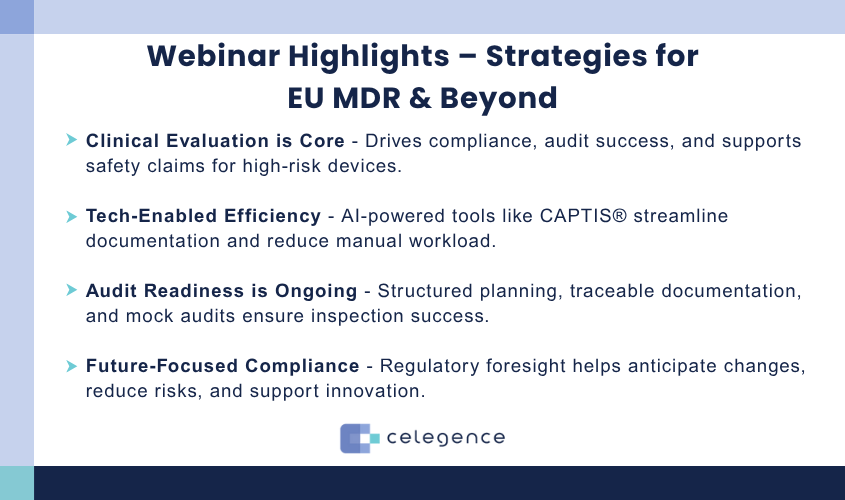
Future-Proofing Compliance: Regulatory Foresight
The regulatory landscape is dynamic, with frequent updates and evolving expectations—especially in medical devices and digital health sectors. Staying compliant requires a proactive approach which involves not just reacting to changes but anticipating them.
Manufacturers who embed regulatory foresight into their strategies can:
- Innovate confidently
- Respond swiftly to regulatory changes
- Maintain trust with Notified Bodies and end users.
Proactive monitoring of guidance documents and standards, coupled with early integration of regulatory changes, reduces compliance risks and positions manufacturers for long-term success.
Key Takeaways
- Harmonized and comprehensive EU MDR documentation can be leveraged for other regulatory submissions with minimal modifications, improving operational efficiency and reducing compliance costs
- Technology platforms, including AI tools, significantly reduce manual effort and increase accuracy in documentation and evidence analysis
- Human expertise remains essential to interpret AI-generated outputs and make informed regulatory decisions
- Audit readiness is fundamental for seamless Notified Body audits and maintaining regulatory compliance
- Clinical evaluation is the compass guiding compliance efforts and ensuring patient safety
- Regulatory foresight is a necessity in a rapidly evolving environment to sustain market presence and innovation.
Final Thought
Compliance is not a one-time occurrence but an ongoing journey. Robust clinical evaluation combined with strategic use of technology and a future-focused mindset equips manufacturers to navigate this journey with greater confidence.
As echoed in our webinar:
“Compliance is a journey, and robust clinical evaluation is your compass.”
By adopting these principles, medical device manufacturers can meet regulatory expectations, enhance operational efficiency, and most importantly, ensure patient safety.
Other Related Articles
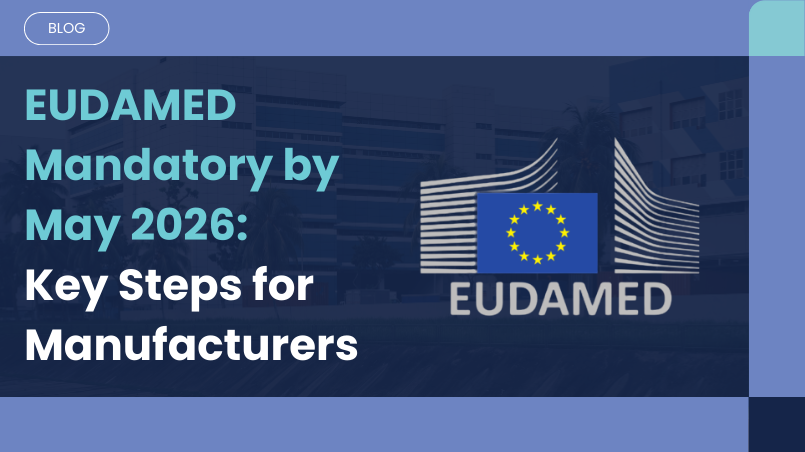
08 Dec, 2025
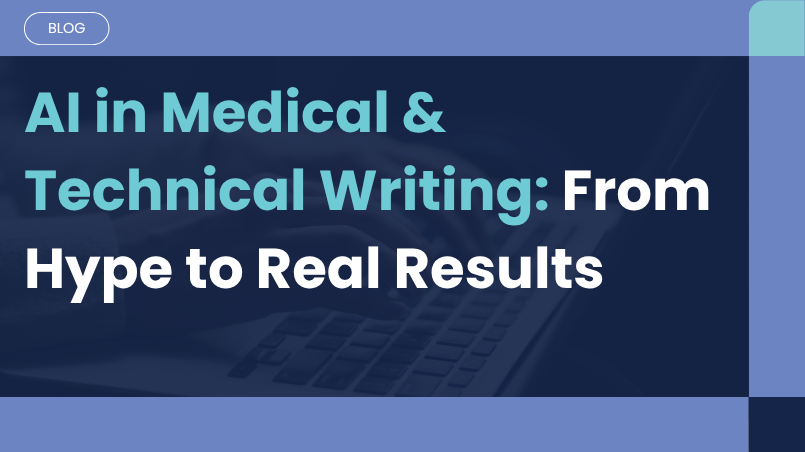
20 Nov, 2025
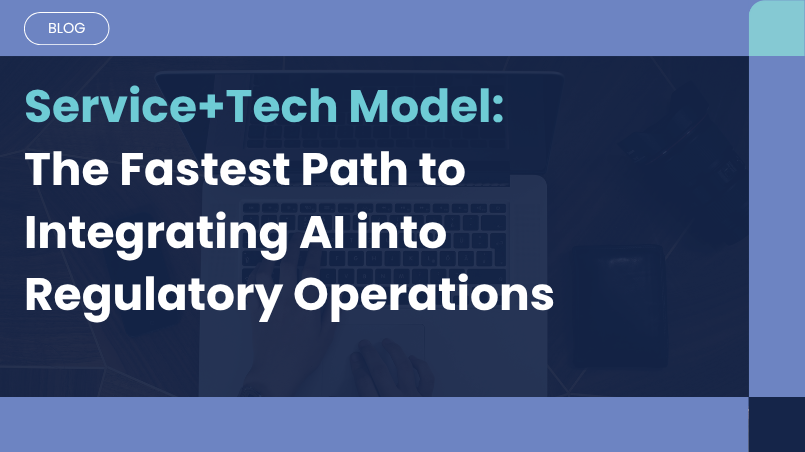
11 Nov, 2025
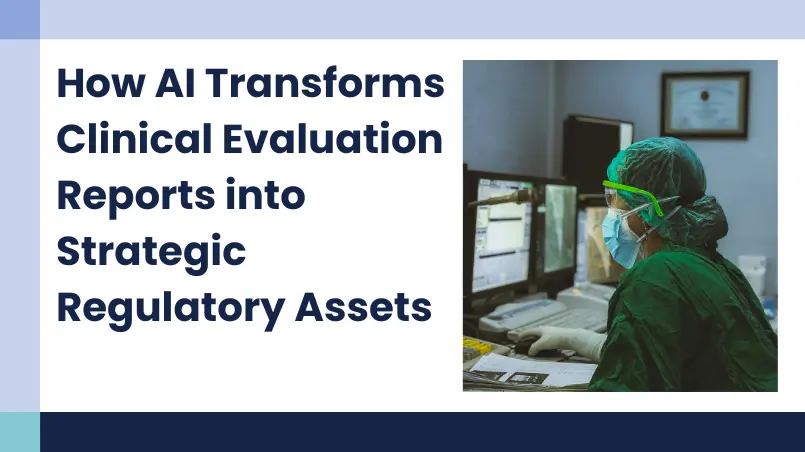
03 Oct, 2025

19 Sep, 2025

